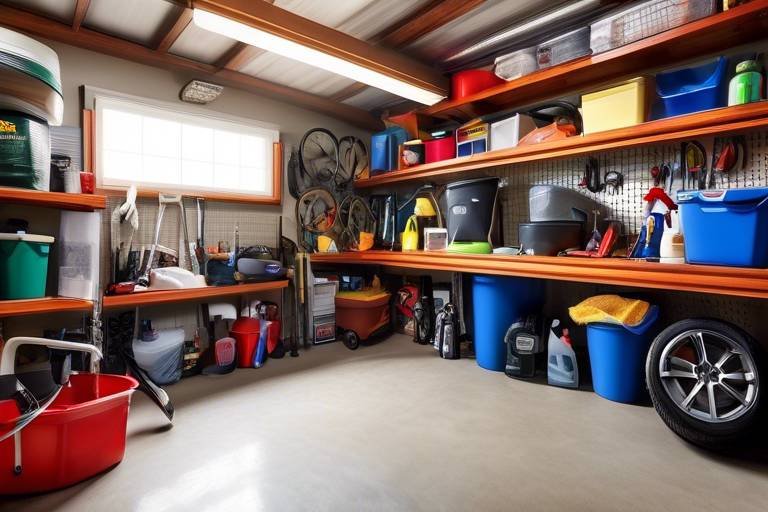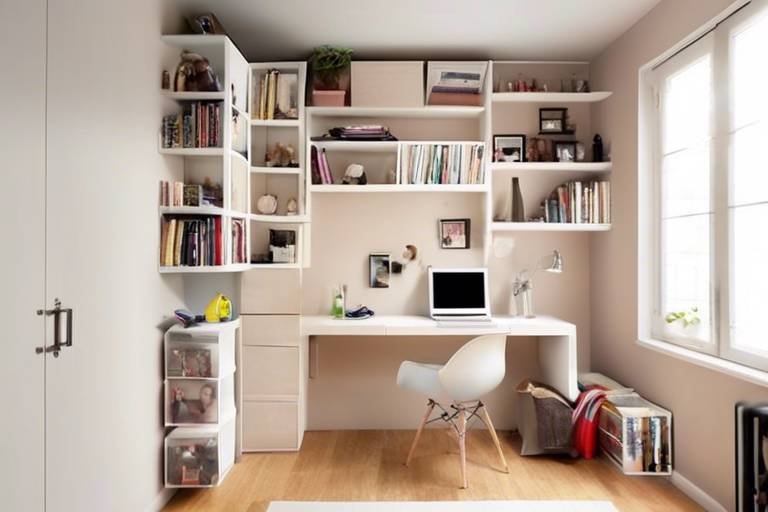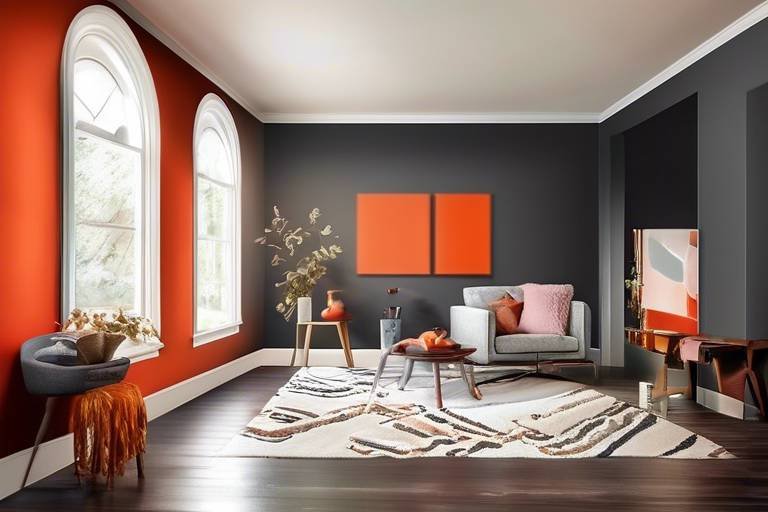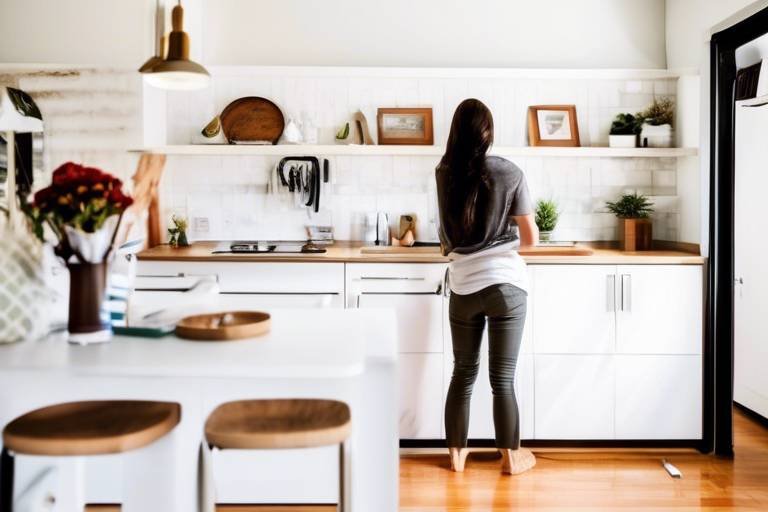How to Design a Multi-Functional Guest Room
Creating a space that serves as both a guest room and a versatile area for other activities requires thoughtful planning and design. It's like orchestrating a symphony where every element plays a crucial role in harmonizing comfort and functionality. Imagine the room as a canvas waiting for your creative brushstrokes to transform it into a masterpiece. Let's delve into the art of designing a multi-functional guest room that seamlessly blends practicality and aesthetics.

Space Planning
When it comes to designing a multi-functional guest room, space planning is key to creating a harmonious and versatile environment. Efficiently utilizing the available space allows you to accommodate various functions within the room without it feeling cramped or cluttered. By strategically arranging the layout, you can incorporate a sleeping area, work station, and possibly a hobby or exercise corner seamlessly.
To optimize space planning, consider investing in dual-purpose furniture that serves multiple functions. For example, a sleeper sofa can provide seating during the day and transform into a bed for guests at night. Additionally, smart storage solutions such as built-in shelves, under-bed drawers, or storage ottomans can help maximize functionality without sacrificing style.
Creating designated zones within the room for different activities can also enhance the overall functionality. By delineating areas for sleeping, working, and entertainment, you can ensure that each space serves its purpose effectively. This can be achieved through the strategic placement of furniture and the use of room dividers or area rugs to define boundaries.
Consider the flow of the room and how guests will navigate through the space. Ensure that there is enough clearance around furniture pieces and that pathways are clear and unobstructed. This will not only improve the functionality of the room but also enhance the overall guest experience by creating a welcoming and accessible environment.
By carefully planning the layout and design of a multi-functional guest room, you can create a space that is both practical and inviting. With the right combination of furniture, storage solutions, and thoughtful design elements, you can transform a single room into a versatile oasis that caters to a variety of needs and activities.
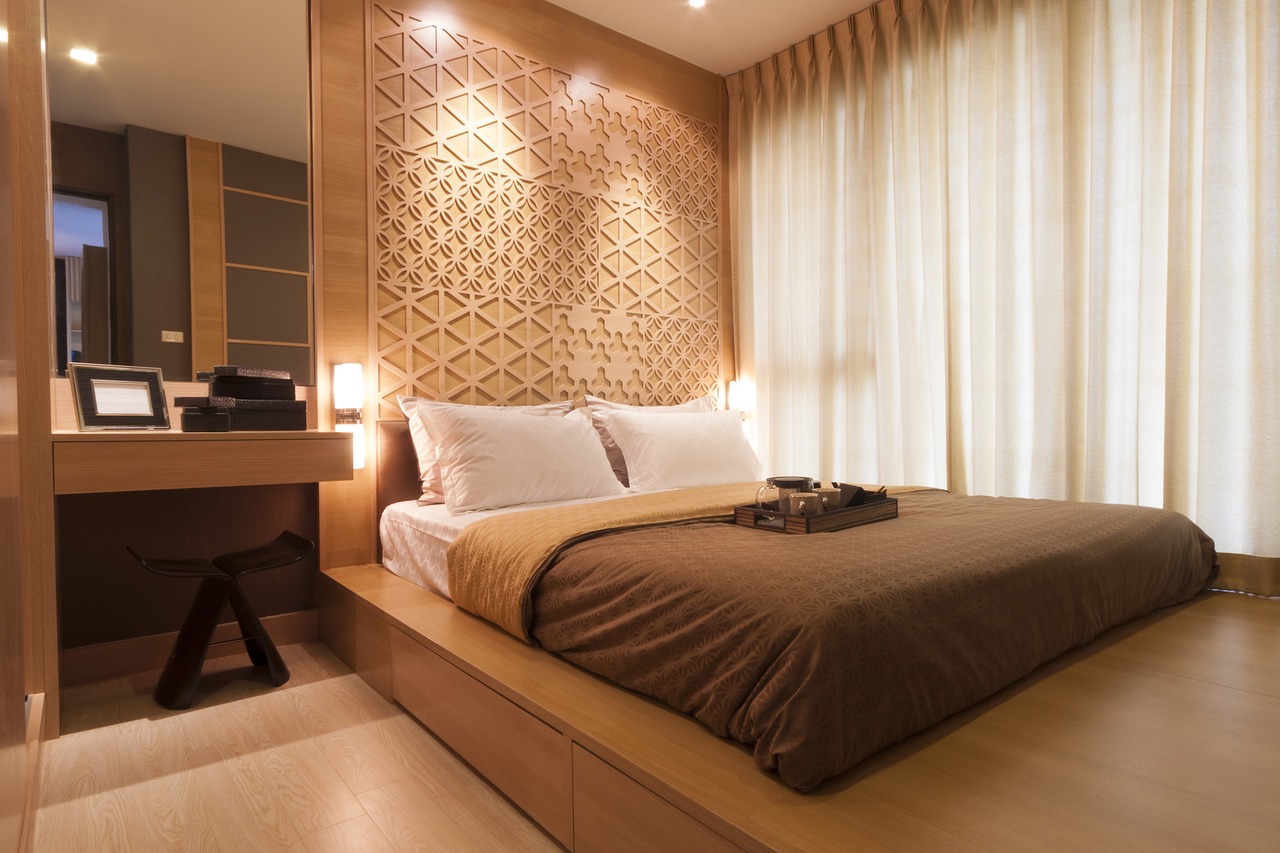
Comfortable Sleeping Arrangements
Creating a space that serves as both a guest room and a versatile area for other activities requires thoughtful planning and design. Explore various ideas and tips for optimizing the functionality and comfort of a multi-functional guest room.
Selecting the right bed is crucial for ensuring your guests have a restful stay. A comfortable bed that can easily transition from a sleeping space to a seating area is ideal. Consider a sleeper sofa or a daybed that offers versatility without compromising on comfort. Quality bedding, plush pillows, and soft blankets are essential for creating a cozy and inviting atmosphere. Think of it as creating a luxurious hotel experience right in your own home.
Additionally, incorporating a bedside table or nightstand with a lamp provides convenience and functionality for your guests. This allows them to have easy access to personal items and a source of light for reading or relaxing before sleep. Remember, the key to comfortable sleeping arrangements is to prioritize both style and comfort to ensure a memorable stay for your guests.
When it comes to bedding, consider using high-quality linens and bedding materials. Opt for soft, breathable fabrics that promote a good night's sleep. Layering the bed with a mix of textures and colors can add visual interest and create a cozy ambiance. Don't forget to provide extra blankets and pillows to accommodate varying preferences and ensure your guests feel pampered and well taken care of.
Creating a multi-functional guest room that offers comfortable sleeping arrangements is all about attention to detail and thoughtful design choices. By focusing on comfort, style, and functionality, you can transform your guest room into a welcoming retreat that caters to the needs and preferences of your visitors.
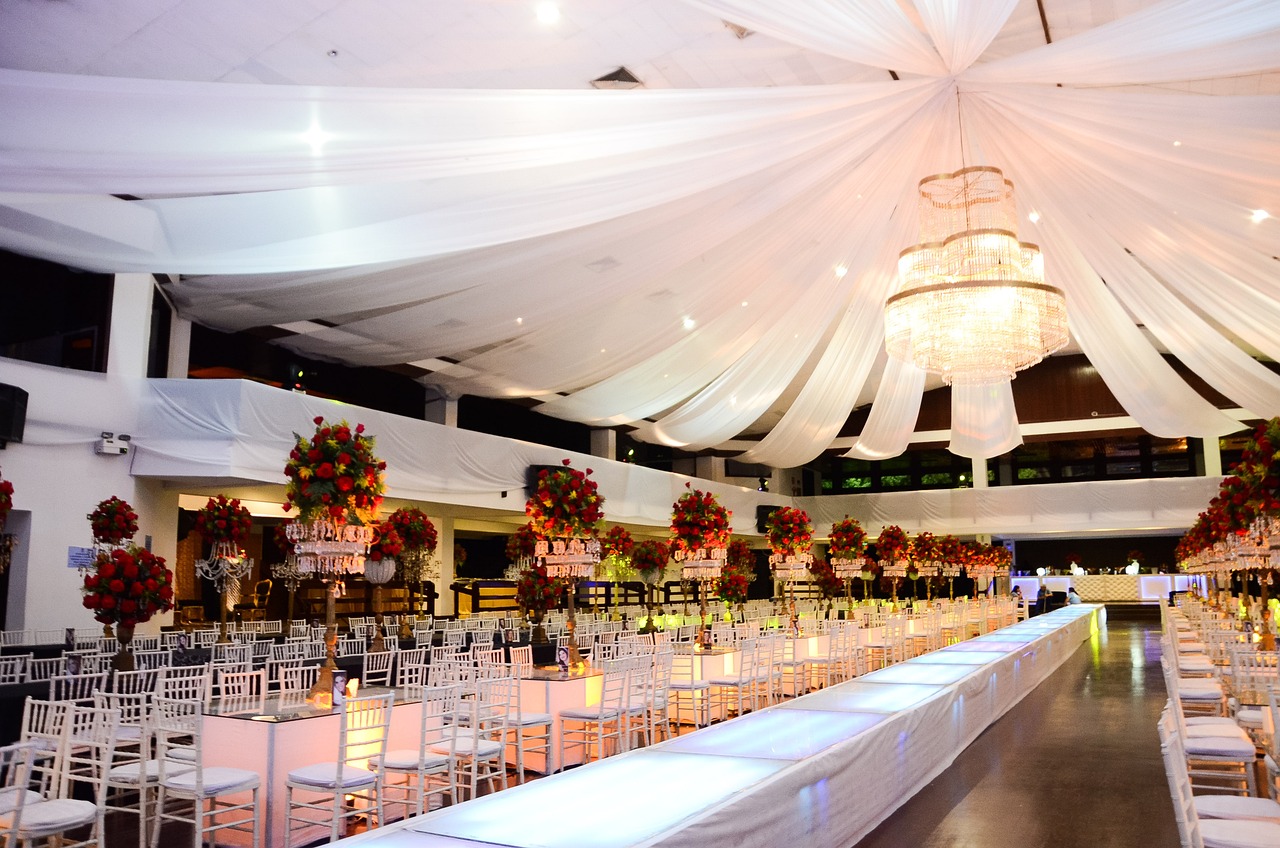
Work and Study Nook
Creating a space that serves as both a guest room and a versatile area for other activities requires thoughtful planning and design. Explore various ideas and tips for optimizing the functionality and comfort of a multi-functional guest room.
When designing a multi-functional guest room, incorporating a dedicated work and study area is essential for providing convenience and functionality. A small desk or table paired with a comfortable chair can serve as a productive space for guests to work, study, or even enjoy a quiet moment with a book.
Ensure the work and study nook is well-lit with task lighting to reduce eye strain and enhance productivity. Adequate storage for office supplies, books, or study materials should also be considered to keep the area organized and clutter-free.
Additionally, personalizing the work and study nook with inspirational decor, such as motivational quotes or artistic pieces, can create a conducive environment for creativity and focus. By infusing this corner of the guest room with personality and functionality, you can cater to the diverse needs of your guests.
1. How can I make the guest room feel more welcoming?
Adding personal touches like artwork, decorative accents, and fresh flowers can create a warm and inviting atmosphere for guests. Providing amenities such as extra blankets, towels, and toiletries can also enhance their comfort.
2. What are some space-saving furniture options for a multi-functional guest room?
Investing in multi-purpose furniture like sleeper sofas, storage ottomans, or folding tables can maximize functionality without compromising on space. These versatile pieces allow the room to adapt to different activities and needs.
3. How important is lighting in a multi-functional guest room?
Lighting plays a crucial role in setting the mood and functionality of the room. Implementing a layered lighting scheme with overhead fixtures, task lighting, and ambient lighting can create a cozy and well-lit environment for guests.

Entertainment Zone
When designing a multi-functional guest room, creating an entertainment zone is essential to offer guests a variety of leisure options. This zone can include a TV, speakers, or a gaming console to cater to different preferences. To keep the space organized and visually appealing, consider installing a small media center or shelving unit to neatly arrange electronics and media accessories. By incorporating entertainment elements, you can ensure that your guests have an enjoyable and relaxing stay.

Personal Touches and Amenities
When designing a multi-functional guest room, it's essential to add personal touches and provide amenities that enhance the overall experience for your guests. These small details can make a big difference in creating a welcoming and comfortable space.
Consider incorporating artwork that reflects your personal style or the theme of the room. Art can add character and charm to the space, making it feel more inviting. Additionally, adding decorative accents such as throw pillows, rugs, or curtains can help tie the room together and create a cohesive look.
Don't forget to include fresh flowers or plants to bring a touch of nature indoors. Not only do plants add a pop of color and freshness to the room, but they also contribute to a relaxing and peaceful atmosphere. Choose low-maintenance plants that can thrive indoors with minimal care.
Providing amenities in the guest room can elevate the comfort level for your visitors. Consider placing a mirror for convenience, extra blankets and towels for added warmth and comfort, and a selection of toiletries for their convenience. These thoughtful additions show that you care about your guests' well-being and comfort during their stay.
Remember, the goal is to create a space that not only meets the functional needs of your guests but also makes them feel welcome and valued. By adding personal touches and thoughtful amenities, you can ensure that your multi-functional guest room is a place where visitors feel right at home.

Multi-Purpose Furniture
When designing a multi-functional guest room, one of the key elements to consider is the use of . These versatile pieces not only save space but also enhance the room's functionality by serving different needs. Imagine having a sleeper sofa that transforms into a bed for overnight guests or a storage ottoman that provides extra seating and doubles as a place to store blankets and pillows. Such furniture items are like Swiss Army knives, ready to adapt to various situations effortlessly.
Investing in allows you to make the most out of limited space without compromising on comfort or style. A folding table, for example, can serve as a workspace during the day and a dining area for guests at night. This adaptability is crucial in creating a guest room that seamlessly transitions between different functions, from a cozy bedroom to a productive office or an entertainment area.
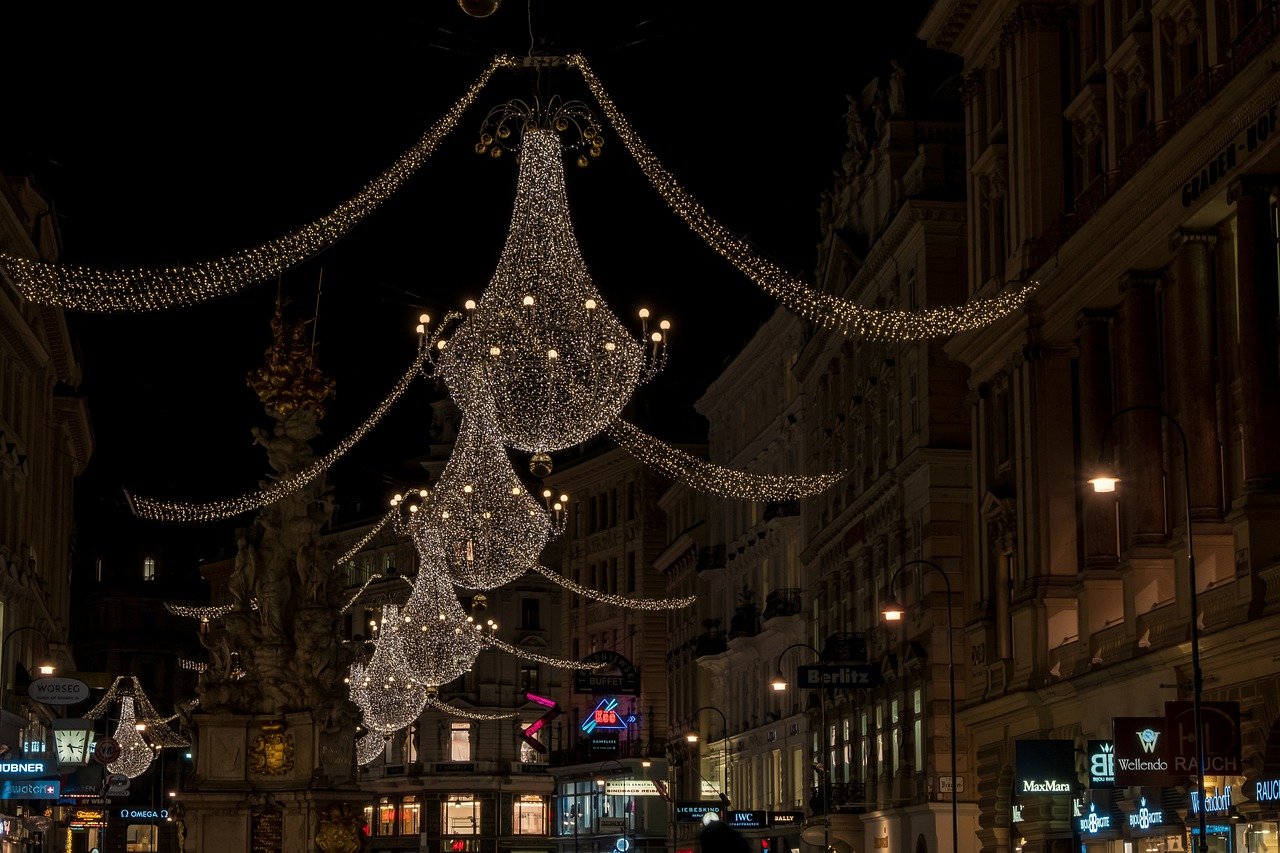
Lighting Design
When designing a multi-functional guest room, one crucial aspect that should not be overlooked is the . Lighting plays a vital role in setting the mood and functionality of the space. To create a well-lit and inviting atmosphere, it is essential to implement a layered lighting scheme that combines different types of lighting sources.
Start by incorporating overhead fixtures to provide general illumination throughout the room. These fixtures can include ceiling lights, chandeliers, or pendant lights that evenly distribute light and brighten up the space. Additionally, consider adding task lighting for specific areas such as the work desk, reading nook, or bedside tables.
Task lighting can be in the form of desk lamps, floor lamps, or wall-mounted sconces that focus light on particular tasks or activities. This targeted lighting helps improve visibility and enhances the functionality of different areas within the guest room.
Furthermore, ambient lighting is essential for creating a cozy and welcoming ambiance. Soft, indirect lighting sources like floor lamps, recessed lights, or LED strips can be used to add warmth and depth to the room. Consider installing dimmer switches or smart lighting controls to adjust the intensity of the light according to the time of day or specific activities.
By carefully planning and incorporating a well-thought-out lighting design, you can transform your multi-functional guest room into a versatile and inviting space that caters to various needs and preferences.

Flexible Storage Solutions
When designing a multi-functional guest room, one of the key elements to consider is flexible storage solutions. Utilizing a mix of open shelving, closed cabinets, and under-bed storage can help keep the room organized and clutter-free. By incorporating decorative baskets, bins, and boxes, you can discreetly store items while adding visual interest to the space.
Open shelving provides easy access to frequently used items and can also serve as a display area for decorative pieces or books. Closed cabinets offer a more organized look by concealing items that you may not want in plain sight. Under-bed storage is a great way to maximize space in a guest room, allowing you to store extra bedding, seasonal clothing, or luggage out of sight.
Consider incorporating multi-functional furniture pieces that offer built-in storage options, such as a storage ottoman or a bed frame with drawers. These pieces not only provide additional storage space but also contribute to the overall aesthetic of the room. Additionally, utilizing vertical space with tall bookshelves or wall-mounted storage units can help make the most of limited floor space.
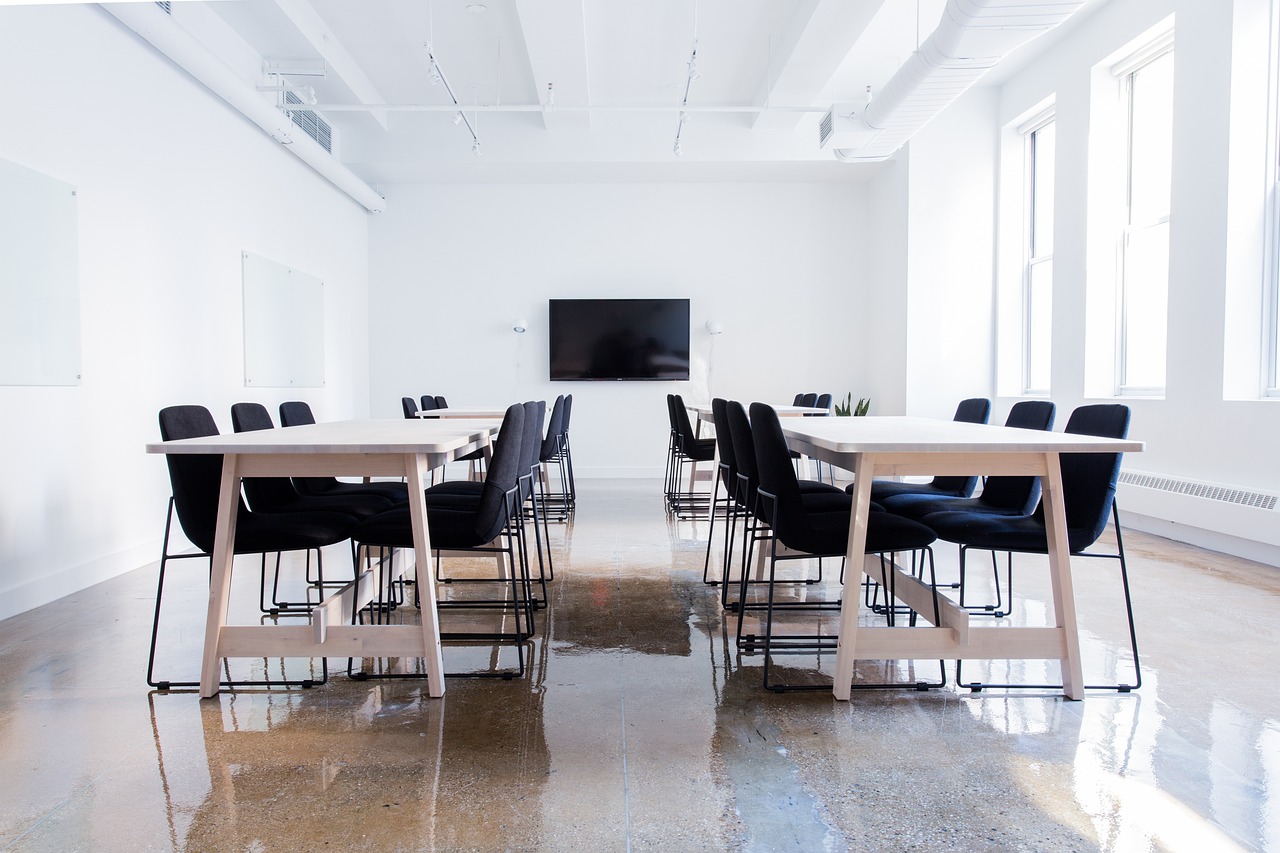
Seasonal Adaptability
When designing a multi-functional guest room, it's crucial to consider seasonal adaptability to ensure the space remains versatile and comfortable throughout the year. By incorporating elements that can be easily swapped out or adjusted, you can effortlessly transition the room to meet changing needs and preferences.
One key aspect of seasonal adaptability is bedding. Opt for reversible bedding sets that feature different patterns or colors on each side. This allows you to quickly refresh the look of the room based on the season or occasion without having to invest in multiple sets of bedding.
Additionally, consider incorporating removable decor elements that can be easily swapped out to reflect different seasons. This could include seasonal artwork, throw pillows in varying hues, or decorative accents that evoke a specific time of year.
Flexible furnishings are also essential for seasonal adaptability. Look for pieces that can serve multiple functions or be easily reconfigured to accommodate changing needs. For example, a folding screen can create a temporary partition for added privacy during colder months, while a lightweight accent chair can be moved around to optimize space based on the season.
Lastly, don't forget to adjust the room's lighting to suit different seasons. During the darker winter months, consider adding extra lighting sources such as floor lamps or string lights to create a cozy atmosphere. In contrast, in the warmer months, maximize natural light by keeping window treatments minimal and opting for sheer curtains.
Frequently Asked Questions
- What are some space-saving furniture options for a multi-functional guest room?
Consider investing in a sleeper sofa, a storage ottoman, or a folding table that can serve multiple purposes without taking up too much space. These versatile furniture pieces allow for easy transformation of the room based on the current needs.
- How can I create a cozy ambiance in the guest room with lighting?
Implement a layered lighting design with a combination of overhead fixtures, task lighting for specific areas like the work station, and ambient lighting for a warm atmosphere. Adding dimmer switches or smart lighting controls can also enhance the flexibility and comfort of the room.
- What amenities should I provide to enhance the guest experience?
Make sure to offer amenities such as extra blankets, towels, toiletries, and a mirror for the guests' convenience. Adding personal touches like artwork, decorative accents, and fresh flowers can also contribute to creating a welcoming and comfortable environment.



